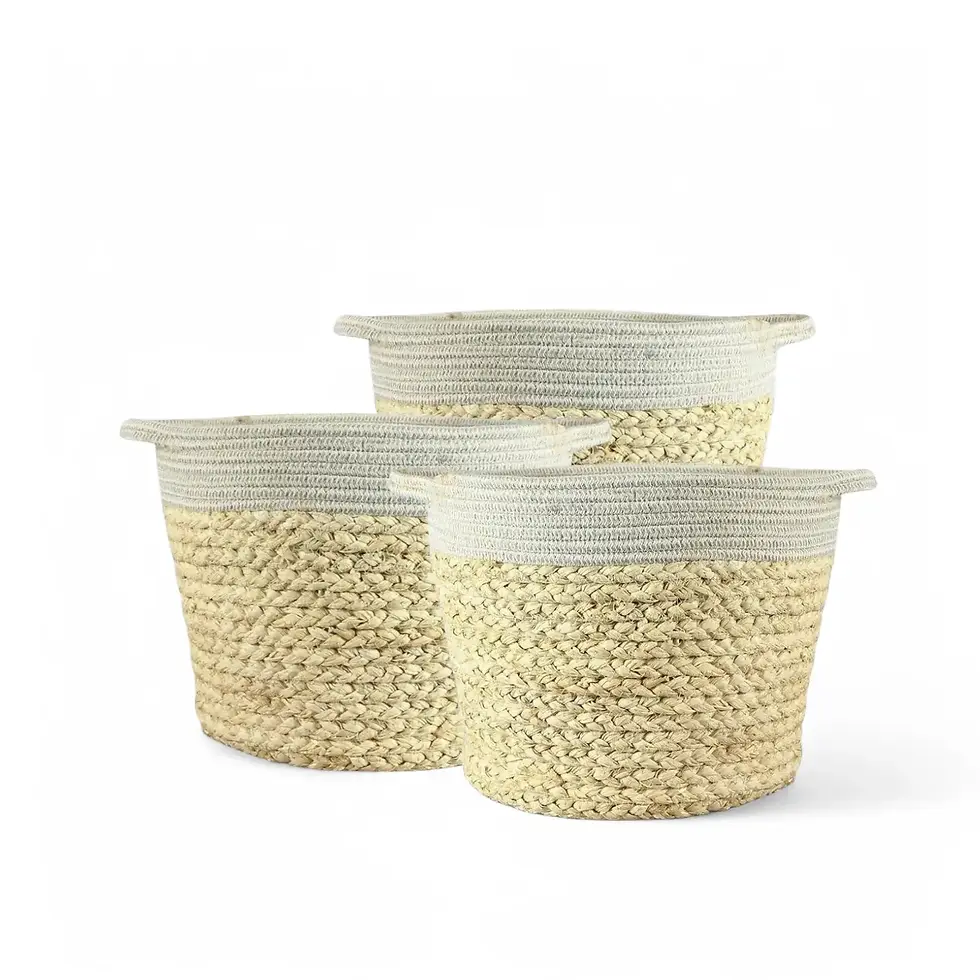Dracaena angolensis (Sansevieria cylindrica) - Comprehensive Care and Insights
Dracaena angolensis, often recognized by its synonym Sansevieria cylindrica and commonly known as "African Spear" or "Cylindrical Snake Plant," is a captivating houseplant celebrated for its modern aesthetic and effortless care requirements. Its cylindrical, upright leaves fan out in a striking arrangement, featuring ribbed textures and a distinctive greyish-green hue with dark green bands. This sculptural beauty seamlessly elevates any indoor space with its sophisticated charm.
Key Features and Benefits of Dracaena angolensis
- Unique Design: Distinct cylindrical leaves arranged in a fan-like pattern, ideal for minimalist or contemporary interiors.
- Compact and Versatile: Perfect for smaller spaces, adding a structured and modern touch.
- Low Maintenance: An excellent choice for busy individuals or beginners.
Dracaena angolensis - Essential Information
- Native Habitat: Originates from the dry, warm climates of Angola and southern Africa, thriving in low rainfall and high temperatures.
- Growth Pattern: Slow-growing succulent with upright growth, reaching up to 60 cm indoors.
- Lighting Needs: Adapts well to bright indirect light and low-light conditions.
- Toxicity: Toxic to pets and humans if ingested. Keep out of reach of animals and small children.
Dracaena angolensis Care Guide
- Placement: Prefers bright, indirect light but tolerates lower light. Avoid direct sunlight to prevent leaf scorch.
- Watering: Allow the soil to dry out completely between waterings. Overwatering is the primary cause of root rot.
- Humidity: Tolerates average household humidity slightly higher humidity may enhance growth. Keep away from heaters or air-conditioning vents.
- Temperature: Thrives in 18-29°C. Protect from cold drafts and sudden temperature changes.
- Soil: Use a well-draining cactus or succulent mix. Ensure proper drainage to prevent waterlogging.
- Repotting: Repot every 2-3 years or when root-bound. Terracotta pots help prevent overwatering.
- Fertilizing: Feed monthly during the growing season with a balanced, water-soluble fertilizer.
- Propagation: Propagate through offsets or rhizome division. Allow offsets to callous before planting to prevent rot.
- Semi-Hydroponics: Adapts well to setups using LECA or other inert substrates.
- Pruning: Trim damaged or dead leaves during the growing season using clean, sharp tools.
Common Issues with Dracaena angolensis and Solutions
- Yellowing Leaves: A sign of overwatering. Let soil dry thoroughly before watering.
- Brown Leaf Tips: Caused by underwatering or low humidity. Adjust watering and increase humidity if necessary.
- Pests: Spider mites, mealybugs, and scale insects may appear. Treat with neem oil or insecticidal soap.
- Root Rot: Typically caused by overwatering or poor drainage. Use a pot with drainage holes and a well-draining soil mix.
- Leaf Curling or Wrinkling: Indicates underwatering. Water deeply, ensuring proper drainage.
- Fungal Issues: Rare but possible in overly humid conditions. Improve airflow and use fungicides if needed.
Additional Care Tips for Dracaena angolensis
- Support Needs: Generally self-supporting but may benefit from light staking in crowded arrangements.
- Rare Flowers: Occasionally produces fragrant, tubular white flowers, though rare indoors.
- Growth Rate: Slow-growing, making it perfect for low-maintenance spaces.
- Habitat Mimicry: Providing warm temperatures, moderate light, and infrequent watering promotes optimal growth.
Etymology and Origin
The name Dracaena angolensis reflects its reclassification within the Dracaena genus. Originally described as Sansevieria angolensis by Carrière, it was reassigned to Dracaena in 2018 by Byng and Christenhusz. "Angolensis" denotes its origins in Angola.
Frequently Asked Questions about Dracaena angolensis
→ Can Dracaena angolensis thrive in low light?
Yes, it adapts well to low light, although it prefers bright, indirect light for optimal growth.
→ How often should I water Dracaena angolensis?
Water only when the soil is completely dry, typically every 2-3 weeks depending on temperature and humidity.
→ Is Dracaena angolensis safe for pets?
No, Dracaena angolensis is toxic to pets if ingested. Keep it out of reach of animals.
Order Your Dracaena angolensis Today!
Transform your space with this elegant, low-maintenance houseplant. Its stunning design make it an exceptional choice for any home or office. Shop now and experience the beauty and ease of Dracaena angolensis!
Dracaena angolensis (Sansevieria cylindrica)
Dracaena angolensis (Sansevieria cylindrica) comes in following sizes:
S – is approximately 35 cm tall and comes in a ⌀ 12 cm pot
L – is approximately 70 cm tall and comes in a ⌀ 18 cm pot

























































